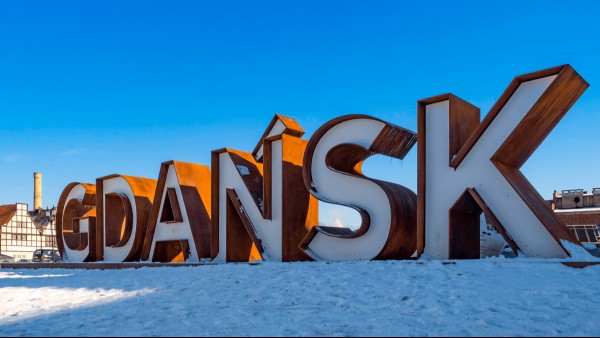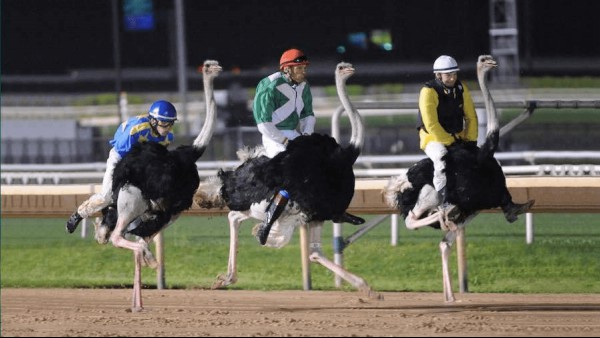One of the first things you learn in your native language is the alphabet. It’s not too strange to think, then, that when you’re learning Polish, you should start with the Polish alphabet. Admittedly, it looks pretty similar to the English alphabet in a lot of ways, but that doesn’t mean they’re the same. Drilling down and focusing on the Polish alphabet’s letters will help with your pronunciation, and it will make it so that you’re speaking a new language with confidence in no time.
The Polish Alphabet
The Polish alphabet is based on Latin letters. It consists of 32 letters, 9 of which have diacritics. These are Ą, Ć, Ę, Ł, Ń, Ó, Ś, Ź and Ż, the pronunciation of which is one of the characteristic features of the Polish language. Here are examples of each of them in context.
ą — pąk
ć — ćma
ę — gęś
ł — łoś
ń — koń
ó* — bóg
ś — ktoś
ź — paź
ż — nóż
*Since the turn of the 19th and 20th centuries, the pronunciation of U and Ó has not differed much in principle. Previously, the pronunciation of Ó was closer to O.
Fun fact! If someone is “ę ą” it means that he is haughty. The wording probably alludes to the belief that members of the upper class were extremely reverential about pronouncing nasal vowels.
Saying The Polish Letters
In addition to knowing what the letters look like, it will be helpful to know how you would say each of the individual letters aloud. Note that you can dictate some of the letters to someone in several ways.
A — a
Ą — ą, a with the tail (A z ogonkiem)
B — be
C — ce
Ć — ci (e), ce with the dash (or acute accent)
D — de
E — e
Ę — ę, e with the tail
F — ef
G — gie
H — ha
I — i
J — jot
K — ka
L — el
Ł — eł, el with the stroke (L z kreska)
M — em
N — en
Ń — eń, en with the dash (N z kreska), or n with the acute accent (sometimes ni)
O — o
Ó — ó, o dashed (O kreskowane), o with the dash or acute accent (O z kreska), u closed (U zamkniete)
P — pe
Q — ku
R — er
S — es
Ś — eś, es with the dash or acute accent (S z kreska), sometimes si
T — te
U — u, u open (U otwarte)
V — fał
W — wu
X — iks
Y — y, igrek
Z — zet
Ź — ziet, zet with the dash or acute accent (Z z kreska), sometimes zi
Ż — żet, zet with the dot (Z z kropka), sometimes ży
Polish Pronunciation Quirks
According to the Polish Academy of Sciences, the most common letter of the Polish alphabet is A, followed by E and O. The most common consonant in words is Z, which isn’t nearly as common as the vowels, but still pops up much more than you’re probably used to in English.
The popularity of “z” is related to its presence in digraphs that appear in Polish. It’s CH, CZ, DZ, DŹ, DŻ, RZ and SZ. Although a digraph is made up of two letters, they are pronounced as one sound.
ch — chwast
cz — czapka
dz — dzban
dź — dźwig
dż — dżem
rz — rzeka
sz — szept
The above letters do not always form a digraph. Here are a few exceptions where letters must be spoken separately.
- nadzwyczajny
- budżet
- odżywianie
- marznąć
Diacritics and digraphs are not enough. A characteristic feature of the Polish language is also palatalization, that is, the softening of consonants by means of the vowel I.
ci — ciasto (sounds more like ć)
ni — niski (sounds more like ń)
si — sikorka (sounds more like ś)
zi — zima (sounds more like ź)
Polish pronunciation can be troublesome. To find out, just try your hand at reading the following tongue twisters aloud.
- W Szczebrzeszynie chrząszcz brzmi w trzcinie.
- W czasie suszy szosa sucha.
- Król Karol kupił królowej Karolinie korale koloru koralowego.
Poles also find it difficult to pronounce them correctly, so don’t worry if you break your tongue half way through. Even if you’re not perfect, tongue twisters can be a fun way to practice some of the trickiest aspects of the language.











